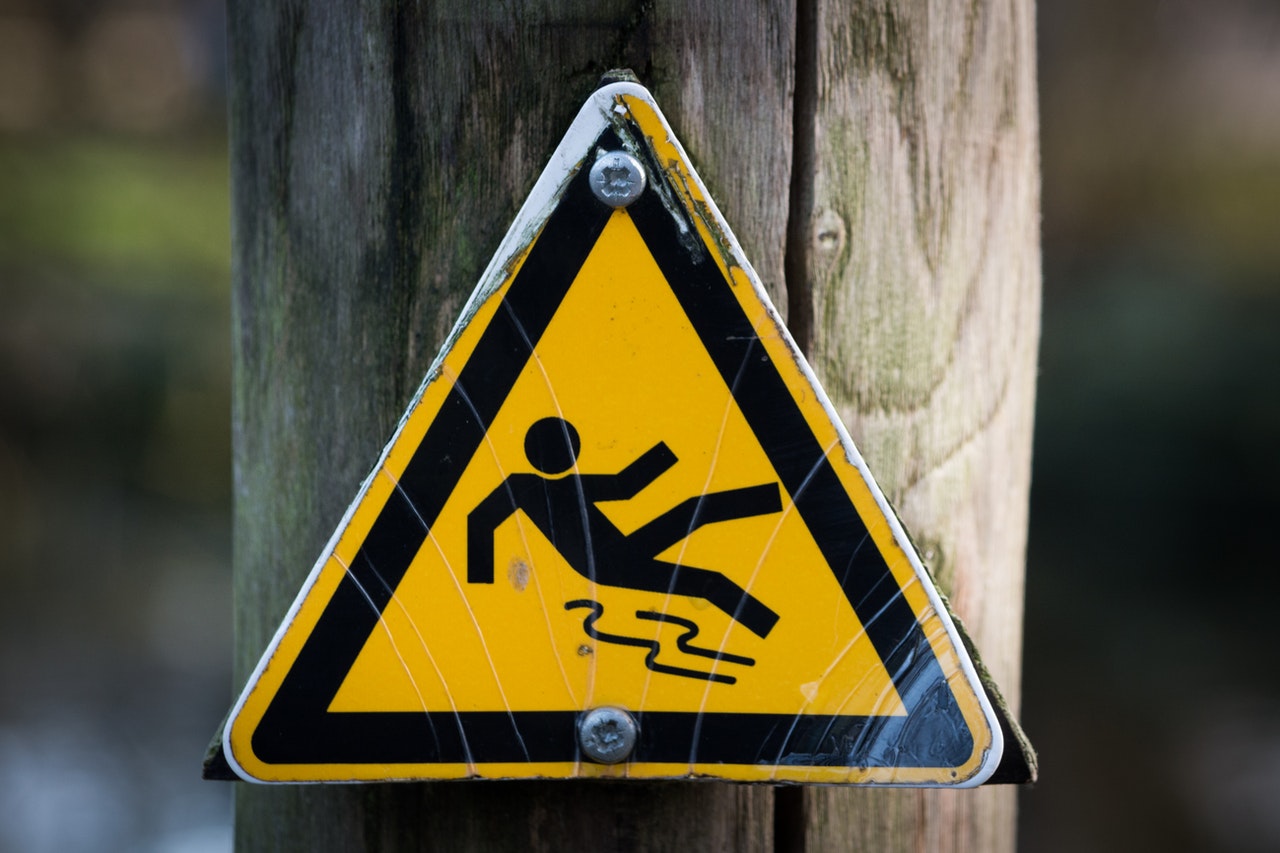
Nevada law imposes upon businesses an obligation to protect the public from unsafe conditions on the business’s premises. If a business fails to exercise the legally required duty of care and you are injured as a result, you may be entitled to compensation for your injuries.
To win a slip and fall case, the injured party has to prove negligence and that the business did not provide the required duty of care. For a case to be viable, at least one of the following must be true:
- The owner or an employee caused the dangerous condition on the premises.
- The owner or an employee knew about the dangerous condition on the premises and did nothing about it.
- The owner or an employee should have known about the dangerous condition on the premises as would be expected of a reasonable person.
In Nevada, there are several elements of a negligence case you must prove in court in order for your negligence claim to be successful:
- Duty: the other party owed you a duty of care
- Breach of Duty: the other party failed to meet that duty
- Cause in Fact: but for the other party’s failure, you would not have been injured
- Proximate Cause: the other party’s failure (and not something else) caused your injury
- Damages: you have actually been injured and suffered some loss
According to the National Flooring Safety Institute, falls are the number one cause of accidental injury, resulting in 20.8 percent of all emergency room visits, while car accidents accounted for only 11.9 percent of ER visits. Fractures are the most serious consequences of falls and occur in five percent of all people who fall. Slips and falls also represent the primary cause of lost days from work, a damage you can claim in a valid slip and fall case.
Proving negligence is a matter of reasonability. The term “reasonable” comes up in settlement negotiations for slip and fall cases. You have to prove that a reasonably prudent person failed to act in the circumstances leading up to the accident. For example, were routine safety checks missed; was the hazard present long enough that a reasonable property owner should have resolved the issue; could they have taken preventative measures with signage or roping off the area?
You also have to prove that you did not cause the accident yourself. The insurance company of the business or homeowner may argue that you are partially or totally responsible for the accident and resulting injuries. This argument is made under the “comparative fault” or “comparative negligence” laws. Under Nevada’s Modified Comparative Negligence Rule, you can still recover some damages, even if you were partially at fault. Percentage of fault is important because it determines how much you can recover from the other party’s insurance company. For example, if your damages are valued at $50,000 and you were 30 percent at fault, then your recovery is reduced by your percentage of fault resulting in a total recovery of $35,000, or 70 percent of the damages.
The insurance companies will evaluate the plaintiff’s behavior to determine if they are partially or fully at fault for their injuries. For example:
- Was the injured party engaged in an activity like talking on the phone or texting, preventing them from adequately seeing the hazard?
- Were there warning signs and other measures taken that the plaintiff failed to notice?
- Did the plaintiff have legal access to the place where the slip and fall occurred?
- Was there a legitimate reason the plaintiff would have been in a dangerous area?
If you feel that you have a legitimate slip and fall case where there was negligence on behalf of the business or their employees and you were being conscientious about your surroundings, then it is time to discuss your case with a slip and fall lawyer. At Matt Dion & Associates, we employ a tenacious, professional approach to help our clients seek full and fair compensation for their past and future medical bills, lost income, emotional distress, and pain and suffering.
